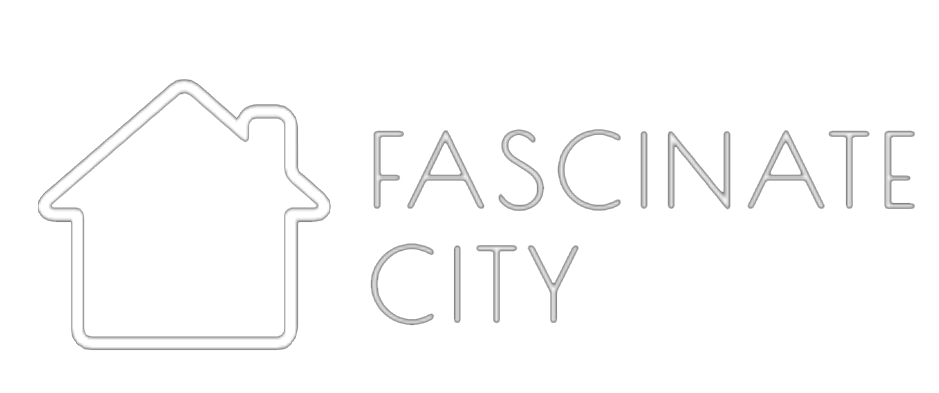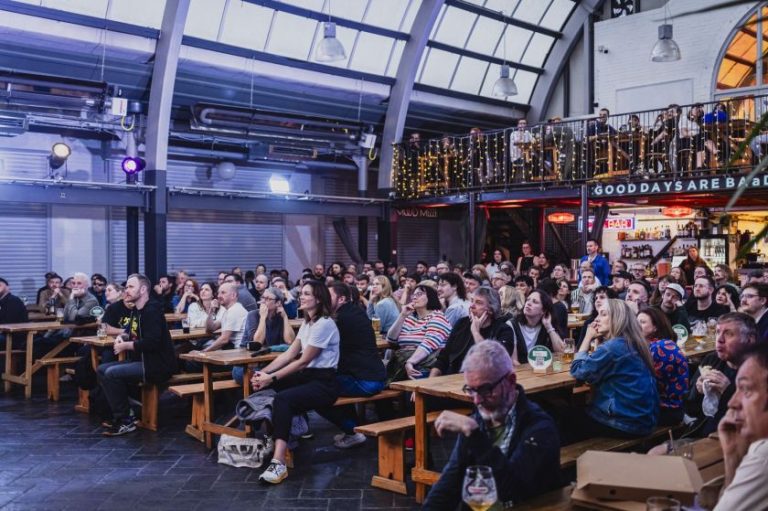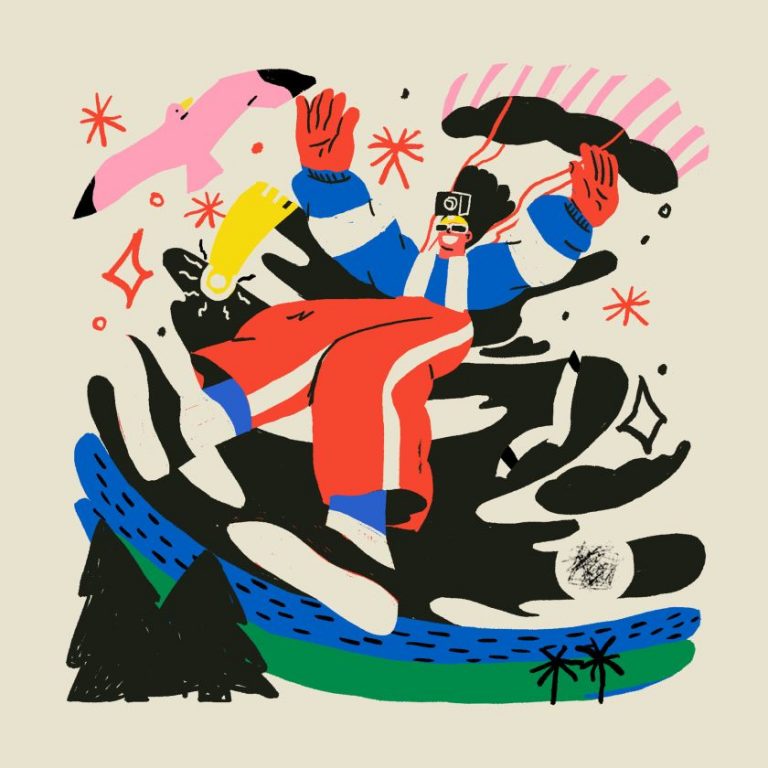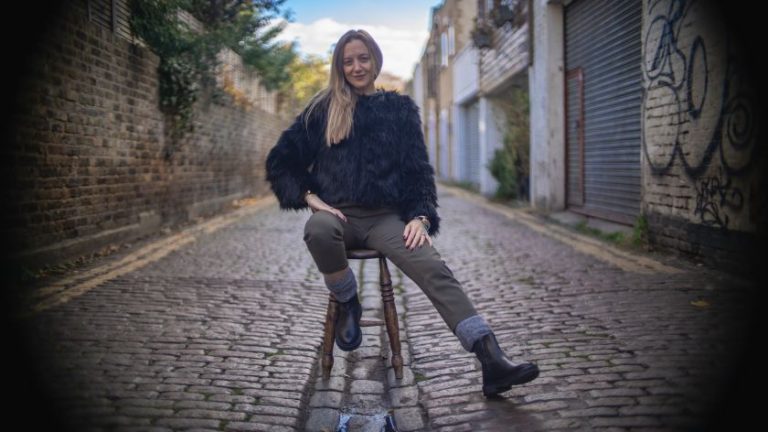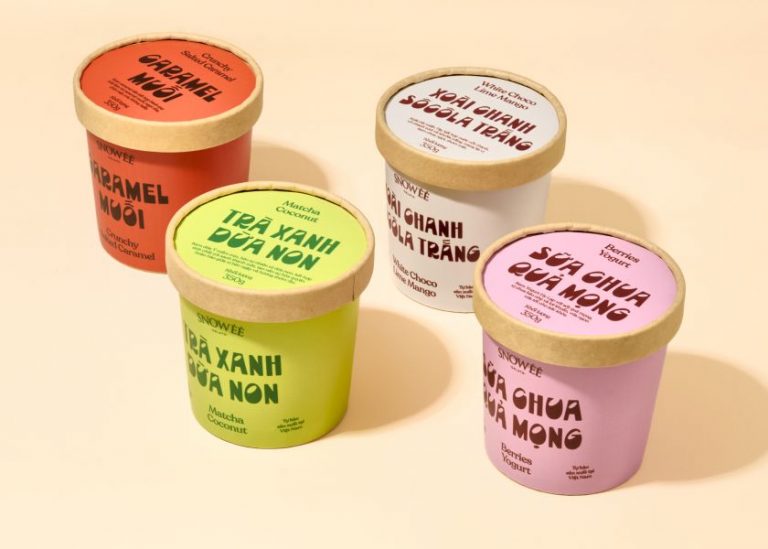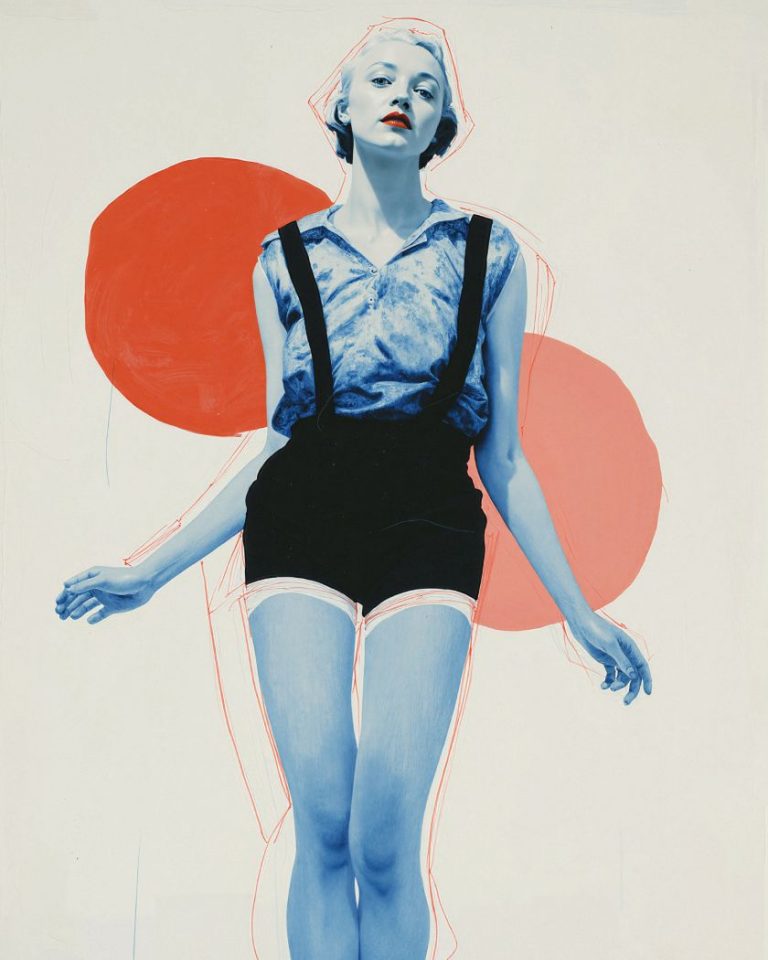Image licensed via Adobe Stock
What’s it like being a creative freelancer in 2025? Well, we won’t beat about the bush. It’s not easy out there right now.
For many freelancers, 2025 has brought an amplification of the traditional feast-or-famine cycle, with longer dry spells followed by intense periods of activity. Nick Gripton, who specialises in animation, illustration, games design and art direction, puts it succinctly: “Freelancing has seen higher peaks and troughs than I’ve experienced at any point in the last 25 years. Long dead zones followed by huge pile-ups.”
Designer Sophie O’Connor tells a typical story: “After not working for eight months last year due to ill health, January and February were slow, but things have picked up since March. That’s mostly agency work, though. Client work seems a lot slower and more difficult to land jobs. I’m getting a lot of enquiries, but then people are just going quiet for weeks at a time. I’ve had to chase proposals more often than normal, too.”
Photo retoucher and creative artworker Sandrine Bascouert has had similar experiences. “I find it super-patchy,” she says. “The feast and famine circle has accelerated and deepened, and for me, at least, it has become even less and less predictable. One thing is sure is that when I take on a larger project, I always try to negotiate the timeframe—even more than the rates—because I know that, invariably, I will get offers at the exact same time. For me, availability has become the biggest headache.”
Motion designer and director Joao Raimundo Monteiro offers a particularly bleak assessment: “I reckon it has been the worst 12/15 months since I’ve started my career back in 2012,” he reveals. “I believe this happened mainly in the tech industry because of recession fears, leading to massive layoffs and, therefore, growing the number of small businesses and freelancers out there. It doesn’t look to be getting better soon, unfortunately.”
Even if you do have lots of work right now, it’s tricky because you don’t know how long it will last. As senior creative Shaun Davies puts it: “Just as you think things are back on track, the bottom drops out of it again. I’ve had many stories of clients ‘pencilling’ me in for jobs that fall through at the last minute. But you have no comeback as it was never a ‘firm booking’. In 30 years of freelancing, I’ve never known it this bad. I’ve considered looking for full-time employment more than once.”
Budget squeezes and rate pressures
Of course, getting work is only one half of the equation. There’s also the matter of pricing. Many freelancers report downward pressure on rates and increasingly challenging negotiations.
Photographer Pip Rustage outlines a typical scenario. “A client has been happy with your service and calibre of work for a few years,” she begins. “But then they call asking you to drop your rate. You ask why. They say it’s because they found someone with less experience who can do it cheaper. The problem is that clients know we’re desperate, and if we don’t drop our rates, we lose the client. So even if the client’s business is booming, freelancer rates are being forced into the ground.”
Studio heads are alive to this, too. “Yesterday a recruiter sent me a portfolio of a designer with over 20 years’ experience with a rate of a measly £275 per day,” says Gordon Reid, founder of Middle Boop Studio. “When I asked why they were so cheap, they said that due to the market being tough right now, many experienced people are lowering their rates.”
Video editor and motion designer Saskia Wood has been at the sharp end of this. “It’s definitely better than last year in the quantity of work around and shoots happening, but the rates and terms being offered are not increasing in line with inflation or half the time actually decreasing,” she reports. “I also had to drop a regular client for introducing a ‘0% cancellation fee’ policy, which means no work would ever be actually confirmed.”
Writer, artist and maker Michelle Collier has been caught in similar headwinds. “I saw at least half of the work that came in shuffle back off out the door, thanks to a mix of budget cuts, shelved projects, and, I suspect, in-house teams being able to take on more of the writing using AI tools,” she says. “Suddenly, I’m being asked just to ‘check over’ scripts instead of writing them or squeezing several weeks of work into a handful of days. Or just say goodbye to some projects entirely. With the rising cost of living, it’s been immensely hard to lose 50% of my income.”
In this environment, freelancers are becoming increasingly hard-headed. Sophie, for instance, says: “One thing I’ve had to become really good at is filtering the time wasters before I jump on any calls. And I’m much bolder in my responses when it comes to budgets… otherwise, I get potential clients wanting full-blown visual identities for £150.”
AI: existential threat or practical tool?
At the same time as global turmoil is reducing client budgets, AI is shifting client expectations. “It’s a buyer’s market right now, and with AI and the likes of Canva, everyone thinks they’re a designer,” says Sophie. “Clients seem to be much cheekier in their requests and take much longer to respond,”
This effect is being seen in whatever creative discipline you specialise in. “As a photographer with 29 years’ experience,” says Natalie Christie, “I’m seeing the effect of things like how AI can transform a simple selfie into a corporate headshot. It is incredibly tough out there now. I meet small business owners who regularly use their own mobile phone images for advertising.”
Christopher Tester, a voice actor, is also feeling the pressure. “A tangible threat to higher quality talent in the field hasn’t materialised… yet,” he begins. “But voices are still being copied and used without consent on a daily basis, and actors are having to consistently fight their cause and stay as educated as possible in a constantly shifting landscape. I’ve seen AI affect some of my e-learning work, for example. Some clients have disappeared completely, while others have tried AI and then come back.”
Adaptation strategies: specialisation and repositioning
In response to such challenges, many freelancers are adopting strategic approaches to differentiate themselves and secure more stable work. Take Sophie, for example. “I’m currently working on repositioning myself as a ‘studio’ rather than a freelancer,” she reveals, “in the hope of attracting larger paying clients and less time wasters.”
Branding designer and watch illustrator Björn Altmann, meanwhile, advocates for strategic specialisation. “I’ve found that diversification and creating a micro niche is the way to go,” he explains. “The niche might only exist in one of the new fields you have branched out into. This worked for me in 2009-10 when times were equally bad.”
Christopher is following a similar pathway. “The threat of AI has prompted me to pivot into new genres such as audiobooks in addition to commercials and games,” he explains. “It also meant the value of having some sort of social media following can’t be disputed because you have a greater pull in being able to bring an audience to a project. I have over 700,000 across platforms, and that really helps.”
More broadly, creative director and multidisciplinary designer Sonia Vivo Sarria is reevaluating her unique value proposition. “I’m sure I’m among many who are currently reworking on our USP, our values, and our ‘Why’,” she says. “It’s all about understanding where we can add value, regardless of AI.”
The importance of visibility and relationships
In this increasingly challenging market, visibility and relationship building have become increasingly crucial. Illustrator and live portrait artist Helen Ridley, for instance, has found success through diversification and relationship building.
“After pivoting my illustration business to live events just over two years ago, I’m finding that there is a consistent amount of interest and enquiries for live illustration work and creative workshops,” she says. “I’ve been able to build relationships with a few different brands now, and that has really helped the consistency of the number of jobs I’ve been able to work on.”
Motion graphics designer Daire O Suilleabhain, meanwhile, emphasises the value of making yourself seen. “Being visible online has been a big goal of mine over the last year,” he explains. “For me, that simply meant posting on LinkedIn once a week, sending out a newsletter once a month, and doing Instagram whenever. I feel this has helped me stay in clients’ minds, whether for work with them or as someone who they could recommend.”
Graphic designer and content creator Callum McHugh feels similarly. “I’d say word of mouth and recommendations have been more important than ever this year,” he shares. “Simply applying or commenting on a job post on LinkedIn just won’t cut it any more. On every post I see ‘looking for a designer’, there are thousands of replies; yes, most are probably spam or people not right for the roles. Half the time I can’t be bothered to even try.”
Documentary DOP and filmmaker Ian Allardyce adds some strategic advice. “I’ve heard a lot of conversations in kit rooms and edit suites about the decrease in overall volume of work,” he says. “But it’s also possible to find yourself in a bubble of busy work for the right clients, in the right sectors, who are still spending the same as they ever did. If you’re in one of those, you can not even notice what’s going on outside. So the trick is to find those bubbles, push your marketing, and get inside!”
Bright spots and new opportunities
Despite the challenges, many freelancers report positive developments and new opportunities. Rob Pinney, director/DP and photographer, shares a notably positive experience. “On the video production front, most of what I hear from colleagues and peers is pretty bleak, but not so for all. I’ve just had my best financial year yet by some margin, and I know of others who are finding the same. I currently have roughly a 50/50 split between new and returning clients, which is ideal.”
“I’d add that, contrary to what you often hear, a lot of my returning clients are actually gently increasing the budgets they allocate out to this stuff. That means we can do bigger, better, and more creative things.”
Designer Jennifer Anderson reports increasing demand, too. “The last couple of months have been incredibly busy for me,” she enthuses. “I’ve definitely seen a pretty big shift in the number of enquiries/people looking for presentation design support. I’ve thankfully managed to stay busy throughout the last couple of years, but it’s often been on a rolling enquiry basis: one after the other. Whereas recently, I’ve seen many coming in at once, suggesting there’s a lot more work out there.”
Graphic designer Russell Daniels-Lake notes an interesting shift in client expectations: “What I’ve noticed more is projects requiring creatives or studios to provide even more services than we’ve seen before. I’ve seen a few asking for designers who must know motion, who can do digital, or designers who can do digital and copywriting. It feels like companies are getting comfortable using freelancers and external support, and I wouldn’t be surprised if the National Insurance changes had an impact on that.”
Michelle, meanwhile, has found unexpected opportunities amid the difficulties. “I tried to turn those suddenly un-booked days into an opportunity to develop my own creative practice,” she says. “I’ve been working on a collection of short fiction, prototyped an immersive artwork with Vicky Clarke, learning about physical electronics and TouchDesigner in the process. And I’ve just graduated from a highly selective New Writers scheme with Channel 4 Drama. So I’m talking some wins among the losses!”
Looking forward: resilience amid uncertainty
It’s difficult to draw too many clear-cut conclusions: freelancing right now seems to be very much a mixed bag. Brand designer Asa Rodger perhaps puts it best when he says: “I think there’s a bit of a strange mood out there. There’s so much chaos going on that it’s hard to digest. Trump’s tariffs, global conflicts, the economy still reeling from the effects of COVID-19, non-stop government corruption, and AI tools coming for the neck of the creative industry. With such a wild concoction, and without being an economist, it’s really hard to pinpoint which ripples are affecting our work.”
Creative director and consultant Paul Leon offers the perspective of a seasoned freelancer. “Historically, there’s always an ebb and flow in the industry… Is it the quietest it’s ever been? No, not if you’ve been around a while. Are there green shoots? Yes, absolutely. Is it really that quiet? I don’t think so. Whenever there’s disruption of this sort, there’s also a buzz; there’s actually a lot of potential opportunity.”
As 2025 continues to unfold, freelancing is unlikely to be easy for most of us as we navigate uncertain economic conditions, evolving client expectations and technological disruption. But one thing’s for sure: those of us who can adapt—whether that be through specialisation, relationship building, strategic positioning or technological integration—have the best chance of prospering in this unknowable new world.
